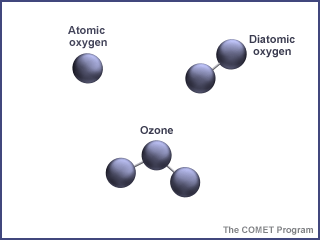Normal diatomic oxygen molecules (O2) have two oxygen atoms. Ozone (O3) has three oxygen atoms.
Courtesy of COMET program
Ozone
Ozone is a special kind of oxygen molecule. Normal oxygen molecules (O2), the kind we need to breathe, have two oxygen atoms. Ozone molecules (O3) have three oxygen atoms. Ozone forms when a photon of ultraviolet (UV) "light" from the Sun strikes a normal oxygen molecule, breaking it apart. One of the atoms freed by this photodissociation process attaches itself to another oxygen molecule, converting it into ozone.
Ozone occurs naturally in the ozone layer of Earth's atmosphere. It can also be created as a form of air pollution in the lower troposphere. Ozone can irritate the throat and lungs and causes a burning sensation in eyes.
Ozone in the stratosphere protects us from ultraviolet radiation in sunlight. The ozone layer is sort of like sunscreen for planet Earth. It absorbs most of the incoming UV "light" before it reaches the ground. The ozone molecules which absorb UV radiation later re-radiate the energy as heat, warming the stratosphere.
Various chemicals that humans release into the atmosphere can destroy ozone in the stratosphere. This has caused a thinning of the ozone layer in recent years, and even holes in the ozone layer over Earth's poles.
You might also be interested in:
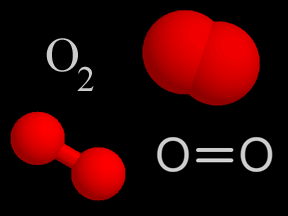
Oxygen (O2) is a kind of gas. A lot of the air you breathe is oxygen. That's a good thing, since we need oxygen to stay alive! About 4/5ths of the air in Earth's atmosphere is nitrogen (N2). Almost all
...more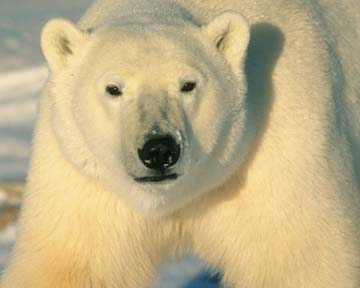
You may have heard of photosynthesis. That's where a plant uses energy from the Sun's rays to make its own food. The opposite of photosynthesis is called respiration. The difference is that respiration
...more
Text for this level has not been written yet. Please see the "Intermediate" text for this page if you want to learn about this topic. To get to the "Intermediate" text, click on the blue "Intermediate"
...more
Photons are little bits of light. Photons carry energy. When a photon hits a molecule, it adds energy to the molecule. The molecule has chemical bonds (they work a bit like stretchy rubber bands!) holding
...more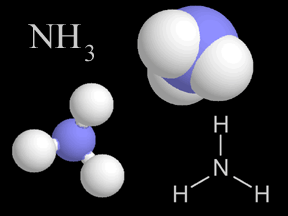
Most things around us are made of groups of atoms connected together into packages called molecules. Molecules are made from atoms of one or more elements. Some molecules are made of only one type of
...more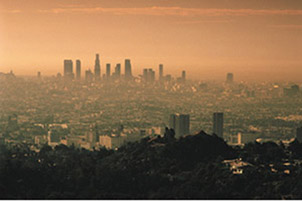
Did you know that ozone is found in two different layers of the atmosphere? You may have heard of the ozone hole problem - that is where ozone is missing in the stratosphere (the 2nd layer of the Earth's
...more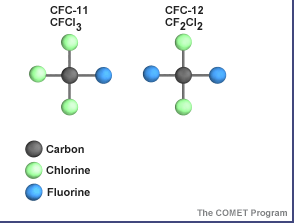
Most of the ozone that we know about is found in the the stratosphere, the second layer of the Earth's atmosphere. Ozone forms a kind of layer in the stratosphere. This layer shields us from the Sun's
...more
